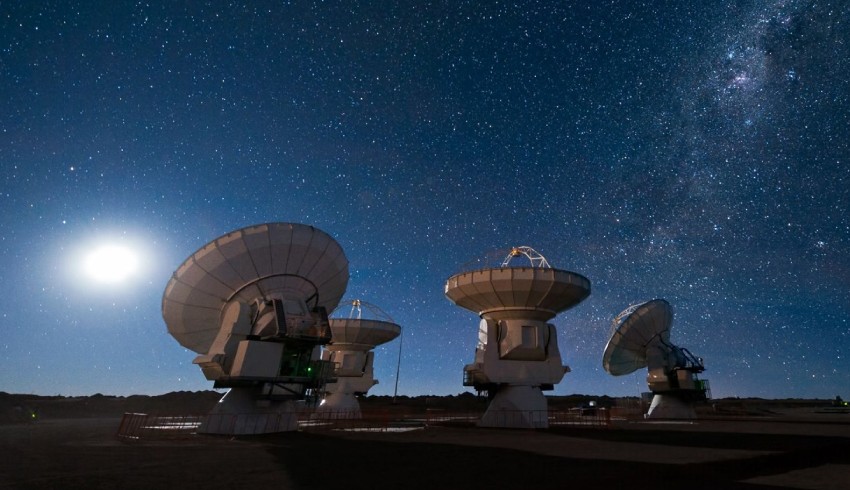Fifty years later, USQ has a permanent reminder of the region’s involvement in this pivotal moment of modern history – when humankind took its first steps on the moon.
Queensland Minister for Education and Industrial Relations Grace Grace officially unveiled the commemorative antenna at the USQ Toowoomba campus.
USQ vice-chancellor Professor Geraldine Mackenzie said the dish, which stands proudly on the Baker Street lawn, was a permanent reminder and tribute to the people of Toowoomba supporting the engineering teams who assembled, maintained and operated the NASA Cooby Creek Tracking Station.
"The important links between USQ, the region and our history of involvement in innovation and technological advances continues to this day," Professor Mackenzie said.
"The installation of this commemorative antenna on the USQ campus is a permanent memorial to the historical events of the 1960s and an inspiration to continued and further research in this area," Professor Mackenzie added.
USQ Emeritus Professor John Grant-Thomson was a member of the NASA team that established the Toowoomba Cooby Creek Tracking Station to research satellite communication systems.
"Did you know that the people of Toowoomba helped Neil Armstrong walk on the moon? NASA decided that long distance reliable communication did not exist on Earth let alone in space, so they arranged for experiments to be conducted," Professor Grant-Thomson said.
Professor Grant-Thomson said the rich space history in this region and the commemorative dish stood to enthuse future generations to study maths, sciences, engineering and astronomy to hopefully work in Australia’s rapidly developing space industry.
USQ has an active astrophysics research program, which aims to advance understanding of the shared evolution of stars and planets, and the implications for life.
The region’s connection to NASA continues with USQ playing a leading role supporting NASA’s Transiting Exoplanet Survey Satellite (TESS) – a space telescope used to search for planets orbiting bright stars, and is identifying many planet candidates needing follow-up observations by ground-based telescopes to confirm and characterise new worlds.

